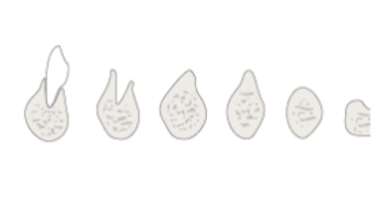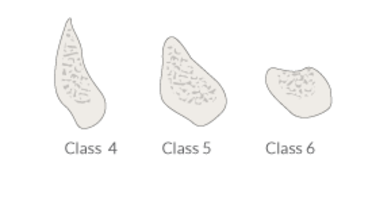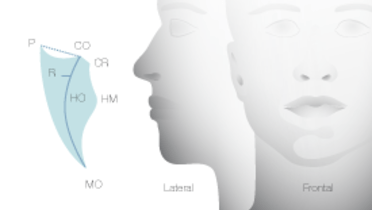-
0
Patient Assessment
- 0.1 Patient demand
- 0.2 Overarching considerations
- 0.3 Local history
- 0.4 Anatomical location
- 0.5 General patient history
-
0.6
Risk assessment & special high risk categories
- 5.1 Risk assessment & special high risk categories
- 5.2 age
- 5.3 Compliance
- 5.4 Smoking
- 5.5 Drug abuse
- 5.6 Recreational drugs and alcohol abuse
- 5.7 Parafunctions
- 5.8 Diabetes
- 5.9 Osteoporosis
- 5.10 Coagulation disorders and anticoagulant therapy
- 5.11 Steroids
- 5.12 Bisphosphonates
- 5.13 BRONJ / ARONJ
- 5.14 Radiotherapy
- 5.15 Risk factors
-
1
Diagnostics
-
1.1
Clinical Assessment
- 0.1 Lip line
- 0.2 Mouth opening
- 0.3 Vertical dimension
- 0.4 Maxillo-mandibular relationship
- 0.5 TMD
- 0.6 Existing prosthesis
- 0.7 Muco-gingival junction
- 0.8 Hyposalivation and Xerostomia
- 1.2 Clinical findings
-
1.3
Clinical diagnostic assessments
- 2.1 Microbiology
- 2.2 Salivary output
-
1.4
Diagnostic imaging
- 3.1 Imaging overview
- 3.2 Intraoral radiographs
- 3.3 Panoramic
- 3.4 CBCT
- 3.5 CT
- 1.5 Diagnostic prosthodontic guides
-
1.1
Clinical Assessment
-
2
Treatment Options
- 2.1 Mucosally-supported
-
2.2
Implant-retained/supported, general
- 1.1 Prosthodontic options overview
- 1.2 Number of implants maxilla and mandible
- 1.3 Time to function
- 1.4 Submerged or non-submerged
- 1.5 Soft tissue management
- 1.6 Hard tissue management, mandible
- 1.7 Hard tissue management, maxilla
- 1.8 Need for grafting
- 1.9 Healed vs fresh extraction socket
- 1.10 Digital treatment planning protocols
- 2.3 Implant prosthetics - removable
-
2.4
Implant prosthetics - fixed
- 2.5 Comprehensive treatment concepts
-
3
Treatment Procedures
-
3.1
Surgical
-
3.2
Removable prosthetics
-
3.3
Fixed prosthetics
-
3.1
Surgical
- 4 Aftercare
Skeletal consequences of edentulism
Key points
- Following a full arch maxillary extraction, the crest resorbs superiorly and medially
- In contrast, the mandible's crest of the mandible resorbs inferiorly and laterally
- The resulting maxillo-mandibular jaw relationship may lead to compromised facial appearance, occlusal instability, and reduced function of prostheses
Maxillary ridge resorption / reduction
Teeth loss in the maxilla initiates residual ridge/alveolar resorption, especially in the anterior region, which is flared labially. The consequences of this resorption is a gradual medial or palatal shift of the crest of the maxilla. This results in a change in facial morphology as a result of diminished maxillary lip support. A “sunken face” appearance results especially if not satisfactorily compensated for with removable or fixed prosthesis. This may also lead to a compromised occlusal relationship of prosthetic teeth as they are positioned labially to the crest of the alveolar ridge.
Mandibular ridge resorption / reduction
Loss of teeth in the mandible initiates a process of alveolar ridge resorption that differs from that in the maxilla. The mandible's lingual tilt leads to a gradual inferior and lateral shift of the ridge crest.
Maxillo-mandibular relationship
Antero-posteriorly the maxilla resorbs in a superior and posterior direction, the mandible in an inferior and anterior direction. In the patient who has experienced moderate to severe alveolar ridge resorption in both maxilla and mandible, a resultant skeletal Class III (prognathic appearance) relationship occurs. Prosthodontic principles endorse placement of artificial teeth in the muscular neutral zone rather than locating them on top of the residual ridge crest. When tissue support is required, such as that needed with complete dentures and overdentures, anterior artificial teeth may need to be arranged in an end-to-end relationship and posterior artificial teeth may need to be arranged in a reverse occlusion (or cross-bite) relationship. The final determination of teeth positions will need to satisfy both the esthetic and functional aspirations of the patient.



